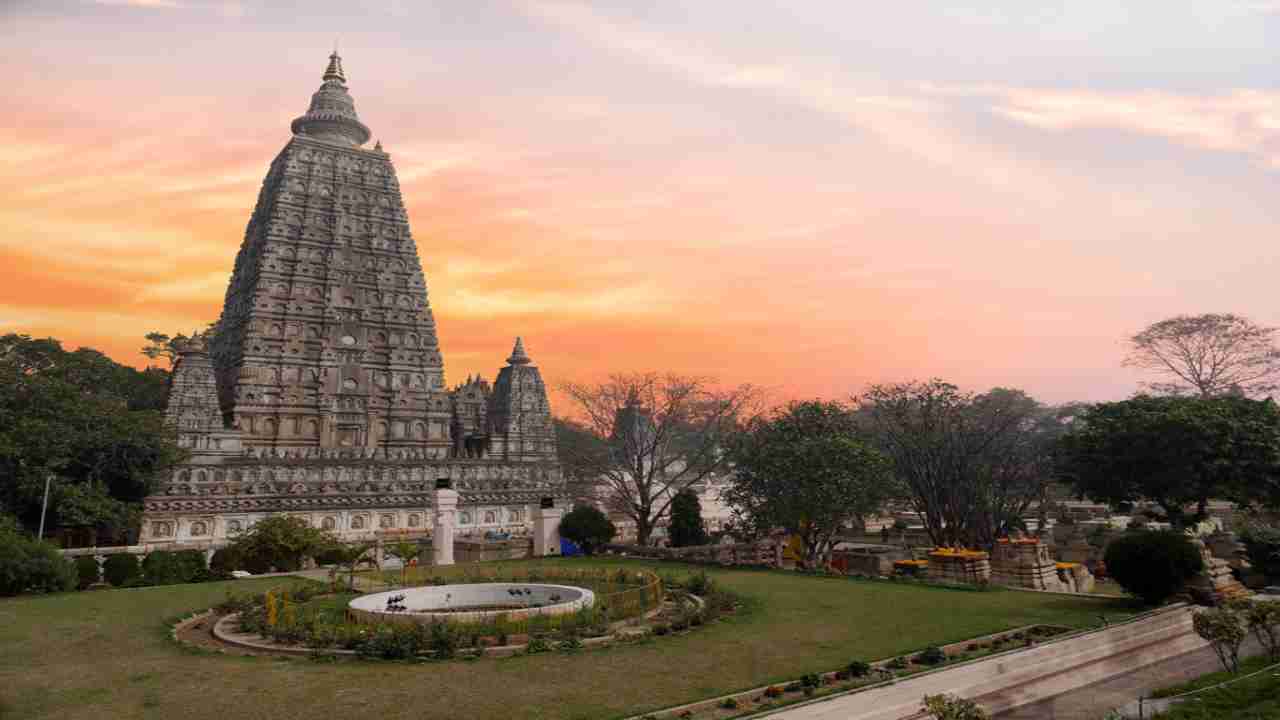Stupa of Bodh Gaya: Bodh Gaya is one of the most important Buddhist pilgrimage sites in the world. It is where Mahavira, the founder of Buddhism, reached enlightenment. The stupa at Bodh Gaya is one of the most famous and renowned Buddhist monuments in the world.
The Story of Bodh Gaya
Bodh Gaya is one of the most sacred sites in Buddhism. The stupa at Bodh Gaya is a physical representation of the Buddha’s enlightenment. The holy site was first discovered by the Indian prince Siddhartha Gautama in 563 BC. He spent six weeks meditating there before eventually becoming the Buddha, or enlightened one. Today, millions of people visit Bodh Gaya each year to pay their respects to the Buddha and take part in Buddhist ceremonies.
The Site of the Stupa
The Stupa of Bodh Gaya (Bodhi tree stupa), located in the town of Bodh Gaya in Bihar state in northern India, is one of the most important Buddhist pilgrimage sites. The Stupa was built by Emperor Ashoka around 250 BC as a memorial to his enlightenment. Stupa is surrounded by a large and elaborate monastery.
Bodh Gaya Stupa as a Religious Symbol
Also known as the Mahabodhi Temple was built by the Emperor Ashoka in the 3rd century BC. It is one of the most important Buddhist sites in India and is a UNESCO World Heritage Site. The Stupa is a large mound of earth, stone and metal, which rises to a height of 24 meters. It is said that the Stupa was built in commemoration of the Buddha’s enlightenment under the bodhi tree. The Stupa is an important religious symbol for Buddhists and is also seen as a symbol of peace and harmony.
Stupa of Bodh Gaya: The Architecture of the Stupa
It is one of the most famous and visited places in India. It is considered to be the most sacred site in Buddhism. The stupa was built by Emperor Ashoka around 250 BC as a memorial to his father, King Mahinda. The stupa is a popular tourist destination, and it can be found in many different shapes and sizes.
Best places to visit in Bodh Gaya, How to get to Gaya
The Meaning of the Stupa
Stupas are a type of Buddhist monument, typically dome-shaped with a stepped base. They were built in the 6th century in India to commemorate the Buddha’s enlightenment. The most famous stupa is at Bodh Gaya, where the Buddha reached enlightenment under the Bodhi Tree. It is estimated to be about 1,500 years old and is one of the most important Buddhist sites in India. It’s also one of the most photographed spots in India.
The Stupa of Bodh Gaya is an important site for Buddhists all over the world. Stupa is said to be where the Buddha attained enlightenment under the bodhi tree. It was built around 565 AD and it’s still standing today. It’s considered one of the most photographed spots in India. Visitors can explore the Stupa grounds or climb up to see the top of its dome.
There are many different interpretations of what the Stupa means. Some people believe that it represents how Buddhism spread throughout Asia while others believe that it represents how Buddhism transforms lives. Regardless of what people believe, everyone can enjoy visiting this important site.
Want to visit Bodh Gaya at a low-cost? Then check these 3 special tour packages from IRCTC
Stupa of Bodh Gaya: Conclusion
The Stupa of Bodh Gaya is one of the most iconic and well-known Buddhist monuments in the world. The stupa was built in the 6th century by Prince Siddhartha, who later became known as Buddha. The exterior of the stupa is covered with a stunning array of statues and carvings, including scenes from the life of Buddha. If you’re ever in Bodh Gaya or nearby Darjeeling, be sure to visit this beautiful monument!


















